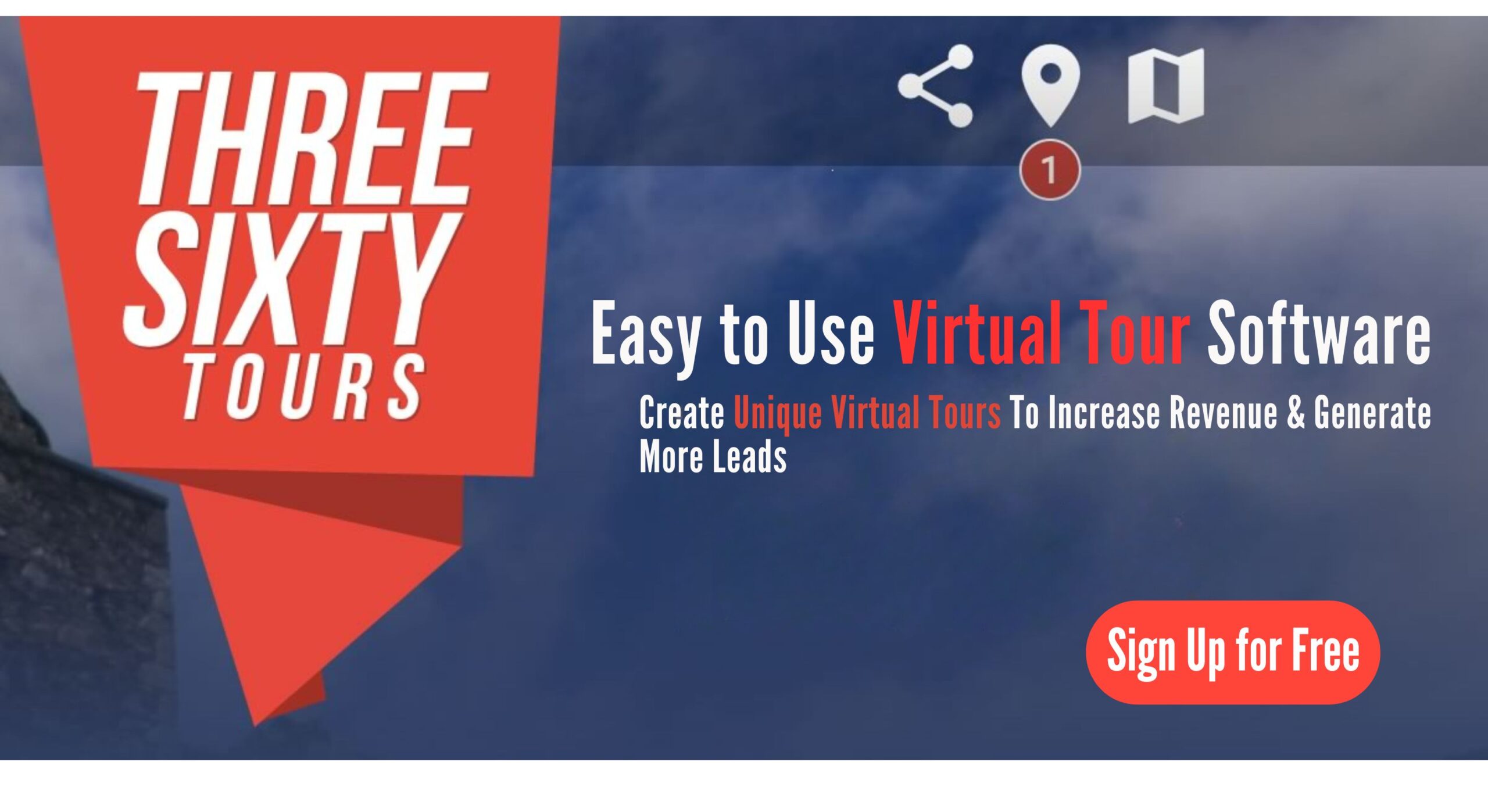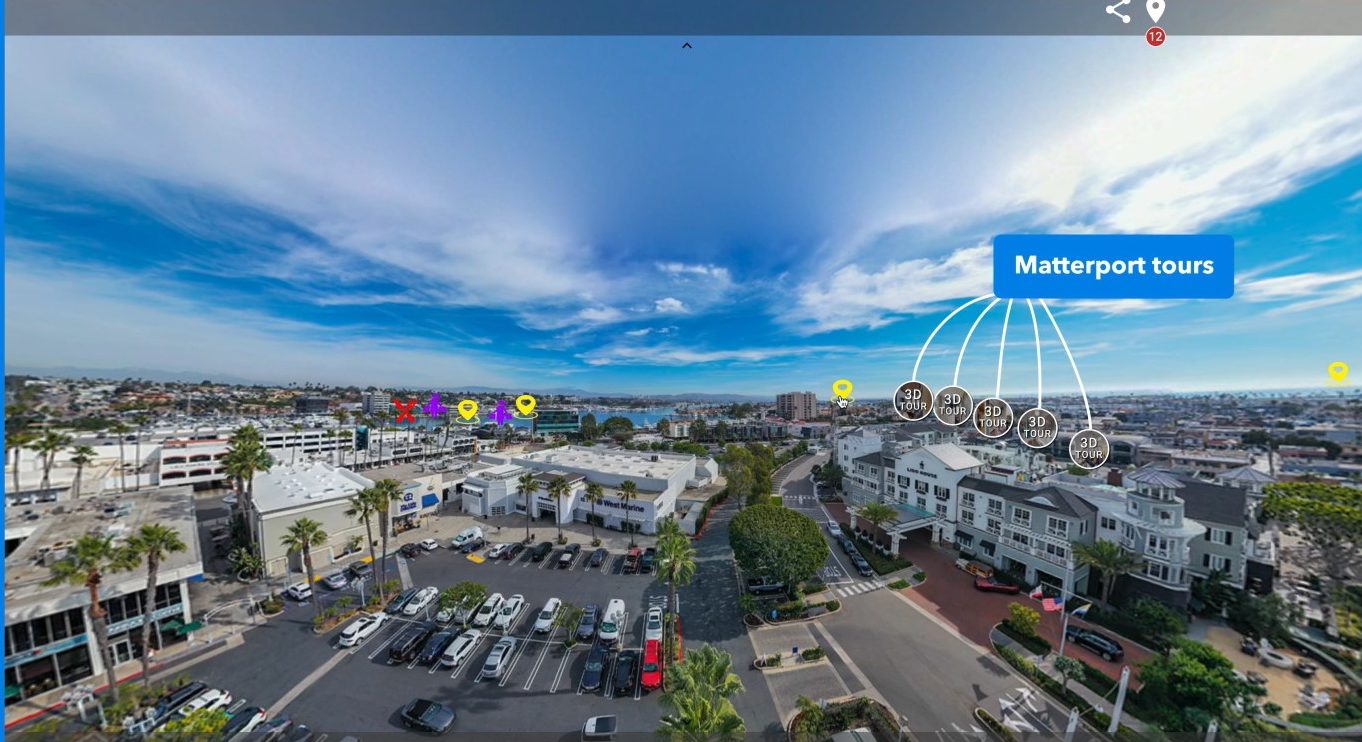3d virtual tour house plans
3D Virtual Tour House Plans: A Game-Changer in Real Estate and Architecture
I. Introduction
In today’s competitive real estate and architecture industries, standing out is more important than ever. That’s where 3D virtual tour house plans come in. These immersive, interactive tools are changing how properties are presented and how clients experience space.
Instead of relying on flat blueprints or static images, 3D virtual tours let users explore properties as if they were physically there. With clickable hotspots, embedded videos, and intuitive navigation, these tours bring house plans to life.
Platforms like www.threesixty.tours make it easy for photographers, real estate agents, and designers to create high-quality virtual experiences. Whether you’re showcasing a luxury home or visualizing a renovation, 3D tours help you communicate ideas clearly and attract more attention.
In this article, we’ll break down the benefits, key features, and technology behind 3D virtual tours. We’ll also explore how different industries—from real estate to architecture—are using them to save time and boost engagement.
II. Benefits of 3D Virtual Tours for House Plans
A. Enhanced Visualization
One of the biggest advantages of 3D virtual tours is their ability to make house plans easy to understand. Traditional 2D blueprints can be confusing, especially for clients who aren’t used to reading architectural drawings.
- Clients can walk through the space.
- See how rooms connect.
- Get a feel for the layout.
- Visualize how natural light enters a room.
- Plan furniture placement.
- Understand the spatial flow.
This is especially useful in pre-construction or renovation projects. Even when the physical space doesn’t exist yet, clients can explore it virtually and make informed decisions.
B. Increased Engagement
Let’s face it—static images and video tours just don’t hold attention the way interactive experiences do. With 3D virtual tours, users can explore the property at their own pace.
- Click on hotspots.
- View different finishes.
- Switch between furnished and unfurnished versions.
This kind of engagement creates a stronger emotional connection. Potential buyers are more likely to remember the property—and come back to it. For agents and photographers, offering 3D tours can set you apart from the competition.
According to a report by the National Association of Realtors, listings with virtual tours get 87% more views than those without. That’s a huge advantage in a crowded market.
C. Time and Cost Efficiency
3D virtual tours save time for everyone involved. Real estate agents can pre-qualify buyers by offering a full walkthrough online.
- Fewer in-person showings.
- More serious prospects.
Buyers can revisit the tour multiple times, share it with friends or family, and make decisions faster. For architects and designers, clients can approve plans more quickly because they understand what they’re looking at.
Using a platform like www.threesixty.tours makes the process even more efficient. You can upload your images, customize the tour, and share it in just a few clicks. It’s a smart, scalable solution for professionals who want to work faster and smarter.
III. Key Features of Effective 3D Virtual Tours
A. High-Quality Visuals
First impressions matter—and that’s especially true in virtual tours. Blurry images or poor lighting can turn users off instantly. That’s why high-resolution visuals are essential.
Using DSLR cameras, drones, or 360-degree cameras like the Ricoh Theta or Insta360 can significantly improve your tour’s quality. Proper lighting and staging also help highlight the property’s best features.
Platforms like www.threesixty.tours support high-quality uploads and seamless image stitching. That means your tours will look polished and professional, every time.
B. Interactive Elements
Interactivity is what makes 3D tours so powerful. Users can click on hotspots to get more information—like room dimensions, material specs, or links to related content.
You can also embed multimedia elements like video intros, audio guides, or voiceovers. For example:
- A real estate agent might include a short video highlighting the home’s key features.
- An architect might add audio notes explaining design choices.
These extras turn a simple walkthrough into a rich, engaging experience that keeps users interested.
C. User-Friendly Navigation
No one wants to get lost in a virtual tour. That’s why intuitive navigation is crucial. Users should be able to move easily from room to room, zoom in on details, and switch views without frustration.
- Clear labels.
- Directional arrows.
- Floor plan overlays help guide the experience.
Platforms like www.threesixty.tours offer customizable navigation tools that let you tailor the tour to your audience. Whether you want a guided walkthrough or a free-exploration mode, making the experience easy and enjoyable is key to keeping viewers engaged.
IV. Technology Behind 3D Virtual Tours
A. Software Tools Used
Creating a 3D virtual tour might sound complicated, but the right tools make it simple. Architects often use software like SketchUp, AutoCAD, or Revit to design floor plans. These can be paired with rendering engines like Lumion or V-Ray for realistic visuals.
For creating the actual tour, platforms like www.threesixty.tours are user-friendly and designed with non-tech users in mind. You don’t need to be a software expert to use them. Just upload your 360-degree images, add your hotspots and media, and you’re good to go.
Other popular tools in the industry include Matterport for 3D scanning and Cupix for collaborative editing. Each tool has its strengths, so choose the one that fits your workflow best.
B. Equipment Required
To capture images for a virtual tour, you’ll need the right gear. 360-degree cameras like the Ricoh Theta Z1, Insta360 One X2, or Matterport Pro2 are popular choices. They’re easy to use and provide high-quality images.
Drones with 4K cameras are great for capturing aerial views and exterior shots. For high-end projects, 3D scanners like the Leica BLK360 can capture precise spatial data for detailed modeling.
You’ll also need a computer with decent processing power for post-production work. Editing software like Adobe Photoshop or Lightroom can help enhance your images before uploading them to your tour platform.
V. Applications of 3D Virtual Tour House Plans
A. Real Estate Market
In real estate, 3D virtual tours are a game-changer. They help listings stand out, attract more views, and keep potential buyers engaged longer.
Buyers can explore properties from anywhere—whether they’re across town or across the country. This is especially valuable in today’s digital-first world, where many people start their home search online.
Agents using www.threesixty.tours can create branded, interactive tours that highlight a property’s best features. These tours can be embedded on websites, shared via email, or posted on social media to reach a wider audience.
B. Architectural Design
Architects and designers use 3D virtual tours to present their ideas in a more engaging way. Instead of handing clients a stack of blueprints, they can walk them through the design—room by room.
This makes it easier for clients to:
- Understand the layout.
- See design options.
- Give feedback.
It also helps reduce the number of revisions, which saves time and money. With tools like www.threesixty.tours, architects can create interactive presentations that impress clients and speed up the approval process.
C. Home Improvement and Renovation
Planning a renovation? 3D virtual tours can help homeowners and contractors visualize the finished product before any work begins.
You can explore different layouts, try out various finishes, and even see how new furniture will look in the space. This helps avoid costly mistakes and ensures everyone is on the same page.
Photographers working with interior designers or builders can use virtual tours to showcase completed projects. It’s a great way to build a portfolio and attract new clients.
VI. Future Trends in Virtual Tour Technology
The future of 3D virtual tours is exciting. We’re already seeing integrations with virtual reality (VR) headsets, allowing users to fully immerse themselves in a space.
Artificial intelligence (AI) is also making waves. Some platforms use AI to automatically generate floor plans or suggest design improvements based on user behavior.
Real-time collaboration tools are another emerging trend. Imagine walking through a virtual space with your client—live—and making changes on the fly. That’s the kind of innovation we can expect in the near future.
As these technologies evolve, platforms like www.threesixty.tours are staying ahead of the curve. They’re constantly adding new features to help professionals deliver better, more interactive experiences.
VII. Conclusion
3D virtual tour house plans are more than just a trend—they’re a powerful tool for real estate agents, architects, designers, and photographers. They make properties easier to understand, more engaging to explore, and faster to sell.
With platforms like www.threesixty.tours, creating these tours is easier than ever. You don’t need to be a tech expert. Just bring your creativity, your camera, and your vision.
Whether you’re looking to impress clients, close deals faster, or stand out in a crowded market, 3D virtual tours can help you get there. They’re not just the future of real estate and design—they’re the present.
Ready to take your listings or presentations to the next level? Visit www.threesixty.tours and start creating stunning, high-conversion virtual tours today.
External Sources:
- National Association of Realtors: 2023 Home Buyers and Sellers Generational Trends Report
- Forbes: How Virtual Tours Are Transforming Real Estate Marketing


